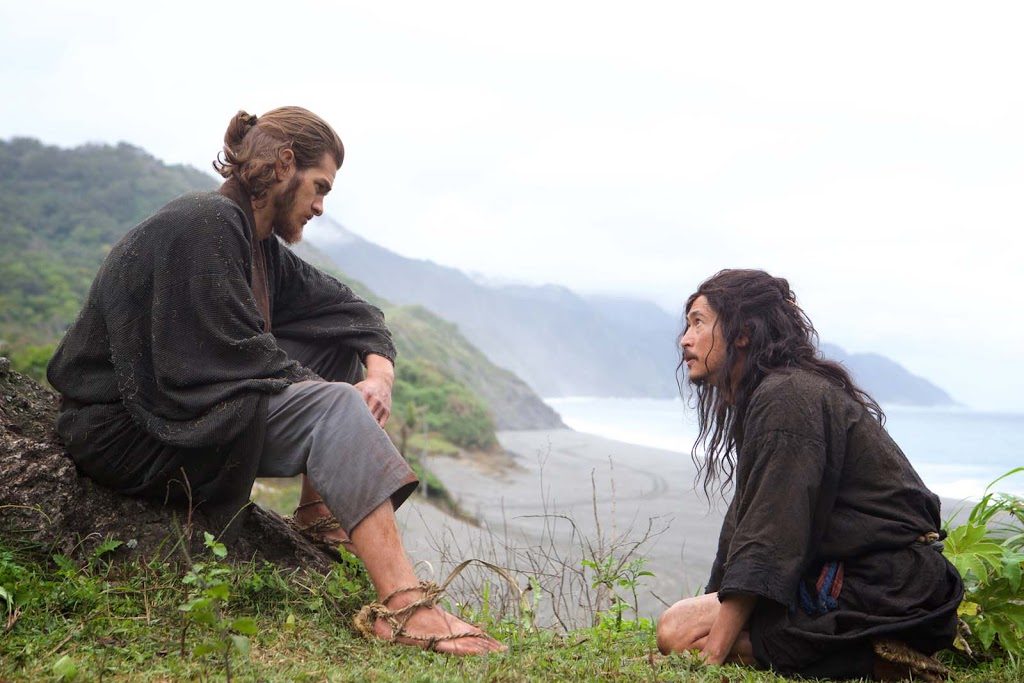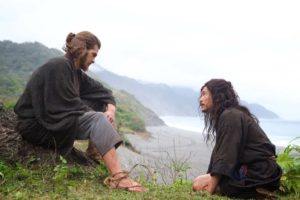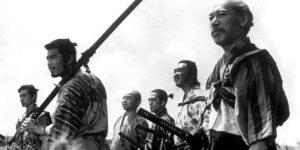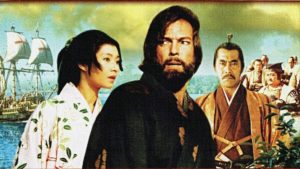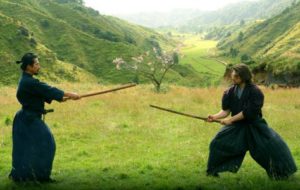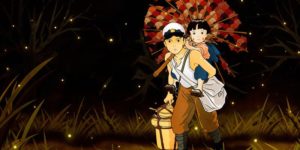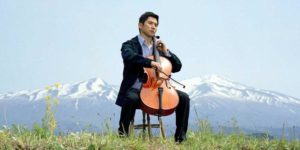Coluna Claquete – March 23, 2016 – Special: Japan through the movies
Newton Ramalho
colunaclaquete@gmail.com – www.colunaclaquete.blogspot.com– @colunaclaquete
Special: Japan through the movies
A few days ago, some colleagues from SetCenas site and I kept a lively discussion about Martin Scorsese’s movie “Silence”, and if it would reflect the historical japanese moment on which the story is developed.Like any discussion among friends, no one was convinced at the end, and we all gained more knowledge, but I imposed myself a challenge: which movies, Japanese or not, would reflect more truly this country so exotic and so difficult to understand?
Everyone knows that Japan was the country of the samurais, and today is the epitome of technology. But, and in the meantime, what happened? What prompted that country, which was the most impenetrable in the world to become the powerhouse it is today? What represented in this context the defeat in World War II and the use of nuclear weapons for this?
One might say that to know Japan of samurai age, it is enough watch all Akira Kurosawa movies.Well, it is a fact that Kurosawa was accused by his own countrymen to be very “Americanized”. Perhaps this is due to the fact that he knew that no Westerner could understand the Japanese universe without some help.
For nearly a thousand years Japan was completely closed to outside world. Its closest relations were with China, a thick-skinned Empire, which was object of lust but still very powerful to try any adventure.
Therefore, Japan has remained all this time as a highly stratified society, where the son of a fisherman would be fisherman, the farmer’s one the same, and a samurai’s son, of course, should be a samurai.
These men, the samurais, were the mainstay of the power of the Japanese feudal lords, the daymios, which maintained a silent war with each other to vie for supremacy in a country where there was no regular army, and the emperor, even if was considered a god, was virtually a prisoner in his palace .
The Samurai was a man with education and training, whose main values were the honor and loyalty to his daymio. A samurai with no lord had only two destinations: commit ritual suicide, seppuku, or become a ronin, a man without honor.
From that Japanese age I can recommend the movies “Ran” and “Seven Samurai”, from Kurosawa, “Tales of Ugetsu” from Kenji Mizoguchi, “Harakiri”, from Masaki Kobayashi, “The Twilight Samurai”, from Yoji Yamada, and “After the Rain”, from Takashi Koizumi.
These films show the rigid relationship between social classes, the power struggle of the nobles, and the simple and restricted lives of most inhabitants of the country.
An important point in Japanese history took place around the year 1600, when missionaries and Portuguese traders were able to penetrate the rigid Japanese life. The film “Silence” takes place in that time, although the plot has focused only two priests who had been imprisoned and forced to renounce the Catholic faith. A more comprehensive view of this period is given by the book “Shogun”, written by James Clavell, and then adapted for TV in a miniseries, and with a compact version for the theater.The series was directed by Jerry London, and had as main actors Richard Chamberlain and Toshirô Mifuni. The story is based on a real fact, a British pilot captured by the Japanese and who served daymio Tokugawa Ieyasu, who became ruler of the country.
Despite being fictional, “Shogun” has one of the most comprehensive views of Japanese society, seen from the perspective of a Westerner with rare impartiality.This is because of the very Clavell was a soldier in World War II and POW in a Japanese camp. Despite the difficulties suffered he fell in love with Japanese culture and produced this exceptional work.
The next turning point in Japanese history came two and a half centuries later. Japan’s isolation was broken in 1853, when american Commodore Matthew Perry forced the opening of Japanese ports to foreign countries under bombing threat.
The last shogun Tokugawa resigned in 1868, ushering in the Meiji era, named after the Emperor Meiji who had assumed political power.Then began the modernization of the country with the dismantlement of the feudal and samurai system, and the transfer of the capital to Tokyo. A strong Westernization process took place, and Japan emerged into the world as the first industrialized Asian country.
The film that best presents this period is “The Last Samurai,” directed by Edward Zwick and starring Tom Cruise.It was one fictional story that showed with remarkable fidelity the hard transition period of Japan from feudal to the modern, and the great impact that it caused not only in the castes culture, dominant for a thousand years, but also the beginning of the militarist and expansionist thirst that dominate the country in the early 20th century, culminating with Japan’s participation in World War II.
A new turning point in Japanese history was in that conflict. Movies like “Tora, Tora, Tora!” present the beginning of Japan’s participation in the war, with the bombing of Pearl Harbor, while “Letters from Iwo Jima” shows the Japanese view of the conflict after Germany’s defeat. The beautiful animation of Hayao Miyazaki, “The Wind Rises” shows in a playful way the Japan’s preparation for the war.
A rare view of the war through the perspective of ordinary people comes with the animated film “Grave of the Fireflies”. In the film, two siblings try to survive in a war over which they had no decision, and have to suffer the consequences. The animation, which has had two versions with actors, is based in the real story of Akiyuki Nosaka, told in his book “Haturo no Haka”.
The conflict persisted even after 1945, when in Brazil, part of Japanese colony refused to believe in Japan’s defeat, which caused extreme reactions, facts that were investigated by Fernando Morais in his book “Dirty Hearts”, then transformed into film by Vicente Amorim.
From this country broken by war turn to economic and industrial power of 80, took only a few decades. Contrary to what many argue, it was not due only to the money injected by the Americans, but the very unyielding character of the Japanese people. Values such as discipline, efficiency, cleanliness and order comes from ancient times, when Japanese cities worked to perfection while European cities like London and Paris were urban chaos, with waste and garbage thrown in the streets.
This Japanese way of thinking and acting is not always understood by Westerners, and this misunderstanding also stagger the japanese.After all, the culture of a people is an indestructible patrimony, something that we are still far from assimilating.
This unique Japanese culture can be seen in many current films, but I recommend the following: “Fear and Trembling” by Alain Corneau, “Tokyo Fiancée”, by Stefan Liberski, both based in the Belgian writer Amélie Nothomb books, “Journey to the Shore “by Kiyoshi Kurosawa, “Like Father, Like Son” by Hirokazu Koreeda, and the beautiful “Departures” by Yojirô Takita.
This quick dip in Japan seen by movies only shows the richness of millennial Japanese culture, and our inability to delve into a world so different from ours. Some will miss films about yakuza, Godzilla, ninjas, even iconic tales of terror as “The Ring”, or the beautiful films of Studio Gihbli. The only thing we can be sure of is that this list will never cease to grow.

